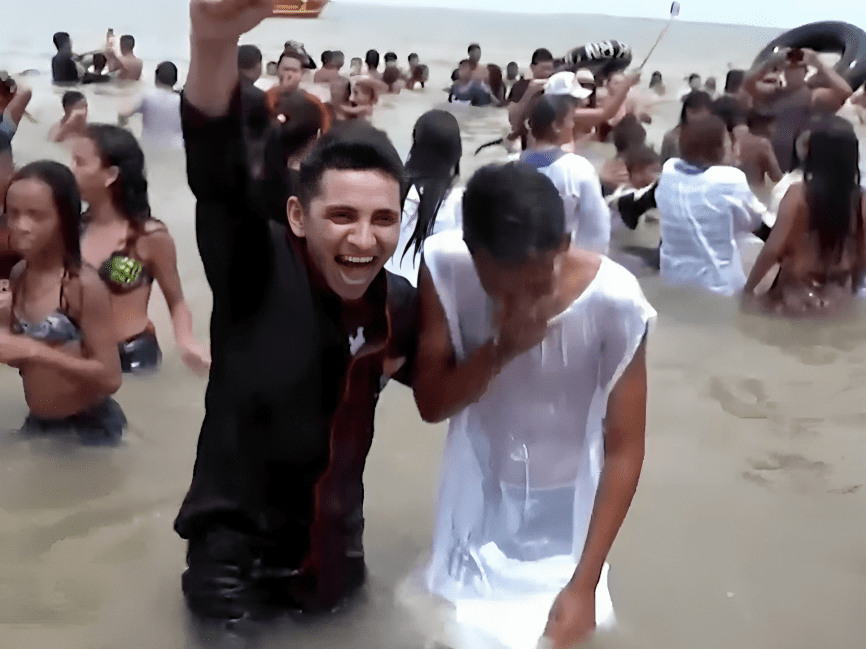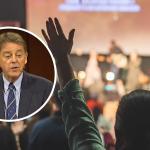
Churches are celebrating a revival in Brazil’s Amazon region after seeing over 14,500 people baptized during a six-month period. The Amazon rain forest region is home to some 30 million people in Brazil, making it a ripe place for evangelists. Foursquare churches, which have some 3,200 congregations, are leading the charge. CBN News spoke with Josué Bengtson, who helped to start up one of the first Foursquare churches in the area. “Back when we started evangelizing in this region, we had just a few workers and, in some municipalities, pastors had to walk 10 to 15 km to open a congregation. Today, almost all medium-sized churches in the Amazon have a small boat,” he said.
The churches are hopeful that 30,000 people will be baptized by the end of the year. An 83-year-old man named Ramos was one of the people that CBN spoke to about his recent baptism. “God is everything for me. God is my father and without Jesus I’m nothing,” he said. Ramos grew up Catholic, a faith that used to predominate along the Amazon. Sociologist Dr. José Eustaquio Alves spoke about how the remoteness of the region has complicated evangelical efforts, particularly for the Catholic church. “The Catholic Church has a lot of difficulty in training new priests, so it is very common to see Catholic Churches in the Amazon but not enough priests to lead congregations. A priest goes once a month or once every semester to the Amazon and is often far from the community. Evangelicals, on the other hand, quickly train pastors who integrate into the community and for a long time,” he said.
Esequiel Santo, who spent 32 years as a missionary in the jungle region, spoke about how the evangelical landscape has changed throughout the years. “One of the biggest challenges was the isolation and getting used to living among the indigenous or riverside communities. But God was with us in the work; we saw lives being transformed, and so many people heard the gospel, and now we are seeing the fruits,” said Santo. He, too, noted the difficulties of dealing with isolated populations. “I’m from Rio de Janeiro, and back then since I couldn’t afford a plane ticket, I had to take a 6-day bus journey to Belem. From there I went by boat for another six days to the outskirts of the Amazon basin. Once I got there, it took at least 15 days by canoe, not a motorized boat, to paddle up the Solimões River and the Purus River, until we reached the remote communities where we worked,” he said. “Sometimes it would take 35 days just to get to these remote areas.”
Churches utilize boats and canoes for holding church services along the river, while churches from bigger cities send teams of people to the region to offer humanitarian and educational aid. Dr. Alves believes the region is experiencing a revival. “For many years, people looked at the Amazon and only saw rivers and trees. Today, people are beginning to remember that there are people living there who need to be taken care of, need to hear the gospel and whose lives need a transformation. The church is making this revolution happen.”


